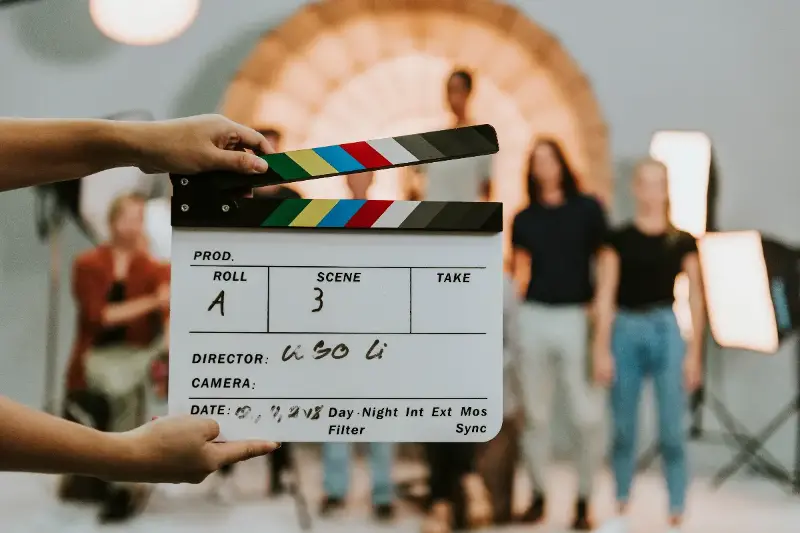Behind the curtain of dazzling visual effects and captivating storytelling, the film industry is propelled by a hidden engine: money. When audiences pour into cinemas for the summer’s biggest blockbusters, few pause to ponder the elaborate financial machinery powering their favourite films onto the big screen. What exactly makes the massive budgets of blockbusters possible, and who stands to profit if it all goes right?

The Anatomy of a Blockbuster Budget
It’s common knowledge that making movies is expensive, but the scale is staggering—modern blockbusters routinely command budgets exceeding $200 million just for production, with marketing often doubling that figure. Where does all this money go?
Breakdown of a Typical Blockbuster Budget:
- 30-40%: Actor salaries and top-tier director fees
- 25%: Visual effects and post-production
- 20%: Set design, props, costumes, and filming locations
- 10%: Crew costs, insurance, logistics
- 5%: Miscellaneous fees (rights, permits, etc.)
Consider that top actors can command $20-$30 million each, while cutting-edge effects like those seen in the Marvel Cinematic Universe gobble up hundreds of millions. The cost of a single explosive action sequence can rival the entire budget of an indie film.
The Mysterious Money Trail: Who Funds the Dream?
So who actually puts up the cash for these ambitious projects? The answer is as complex as Hollywood’s most intricate plot twists.
- Studio Financing: Major studios such as Warner Bros. or Disney often bankroll tentpole films using their vast resources. Their coffers are replenished by stock market investments, theme parks, and massive content libraries.
- Co-Financing Deals: Increasingly, studios limit risk by sharing costs with third parties—hedge funds, wealthy individuals, and international partners. China’s Bona Film Group and Legendary Entertainment, for instance, have co-financed Hollywood hits for access to global box office returns.
- Pre-Sales and Product Placement: Sometimes, studios pre-sell distribution rights to foreign markets before the film is even shot. Product placement and exclusive deals with brands inject additional cash, as seen when James Bond sips Heineken or flips open a Sony smartphone.
It’s a global dance of risk, reward, and calculated optimism.

A box office smash is only the first domino in a long chain of revenue streams. While cinema tickets remain crucial, blockbuster films have devised ever more ingenious ways to keep the cash flowing.
Main Income Streams Include:
- Domestic and International Box Office: The lion’s share, often split 60/40 between studios and theatres.
- Streaming Licences and TV Syndication: Rights sold to platforms like Netflix, Disney+, and TV networks.
- Merchandising: Toys, clothing, and even breakfast cereals, spinning franchises into billion-pound empires.
- Video Games and Spin-Off Media: Additional content leveraging the existing audience.
- Product Licensing and Sponsorships: Brand tie-ins provide upfront cash and ongoing royalties.
For mega-franchises, the film itself sometimes becomes a springboard for much greater fortunes made in ancillary markets.
High Stakes and Higher Rewards
Blockbuster investments are risky. Studios can lose millions if a high-budget film tanks. “John Carter” and “The Lone Ranger”, for instance, cost Disney hundreds of millions in losses. On the other side, the success of “Avengers: Endgame”, which grossed over $2.7 billion, demonstrates how blockbusters can deliver windfalls that fund studios for years to come.
The stakes are so high that studios rely heavily on data analytics, test screenings, and audience studies to forecast which stories will resonate around the globe.

Unlike in many industries, the film business must keep its money moving at all times. Cash flow is meticulously orchestrated with lines of credit, insurance, and carefully timed payments to cast, crew, and suppliers. Delays mean penalties; overruns can be catastrophic. Studios hedge their bets by releasing sequels, remakes, and franchise entries—where the risks are lower and audience interest is practically guaranteed.
At its heart, each blockbuster is a high-wire act—part art, part commerce, and entirely captivating.
Every ticket sold, every merchandise mug bought, adds a brushstroke to the worldwide canvas that keeps cinema alive. Whether a film sets records or stumbles at the box office, the complex web of funding, spending, and creative gamble is a testament to human invention behind the screen.
Is your next movie night just entertainment, or a glimpse into one of the most fascinating financial industries in the world? Behind every film credit, there’s a story of visionaries, risk-takers, and the cash flows that make movie magic possible. Perhaps, next time the lights dim, you’ll look for the hidden drama that’s playing out offscreen, wondering how the greatest show on earth really gets financed.
